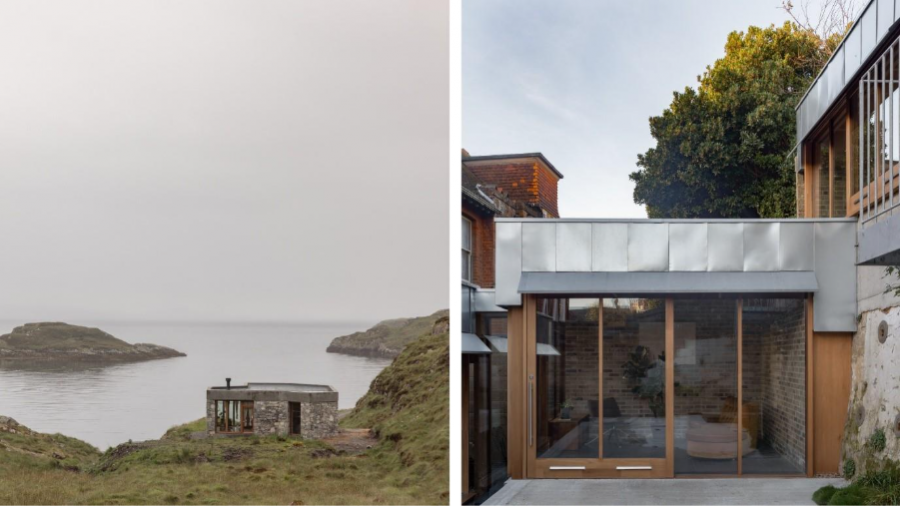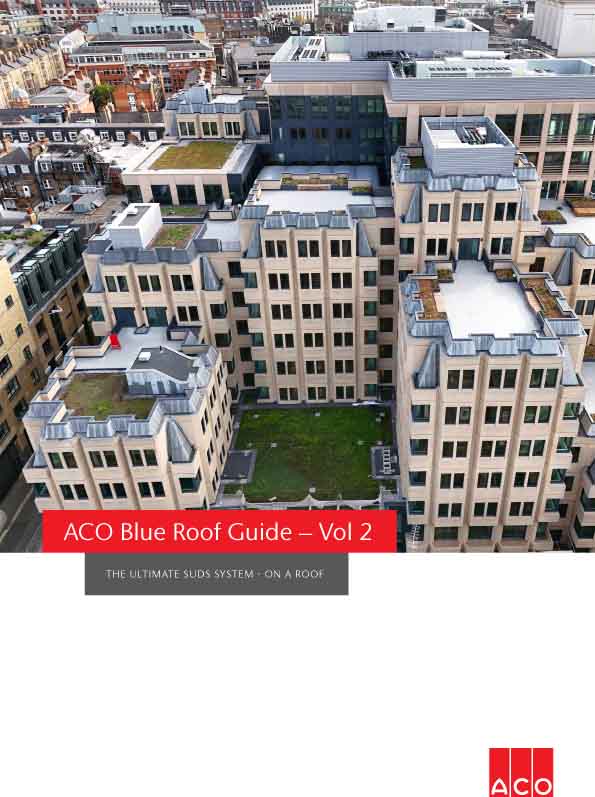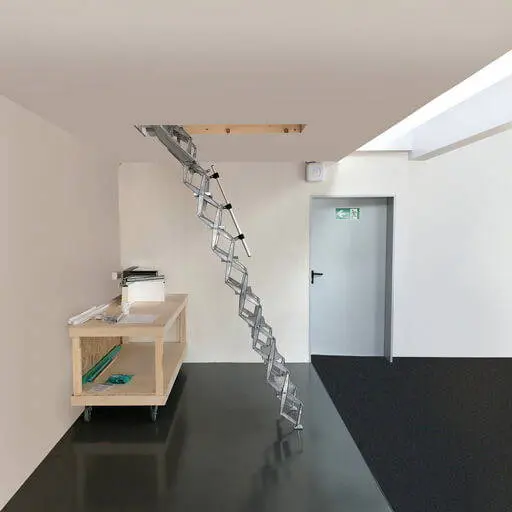A
new report has called for a radical planning shake-up to solve London’s housing
crisis that would professionalise decision-making in the planning system,
increase the supply of land suitable for house building and allow substantially
greater densities of homes in the capital.
The
paper, written by the former policy chairman of the City of London Corporation,
Sir Mark Boleat, identifies a shortage of developable land and the planning
system as the major hindrances to house building in the capital.
In
his paper for The Housing & Finance Institute, which he chairs, Sir Mark
demands action to force local authorities, central government departments, the
health service and transport bodies to stop hanging on to surplus space, or
face financial penalties.

The
report also says building must take place in much greater concentration,
pointing to central London’s population density being little more than half
that of central Paris and well below the figures for central Tokyo and
Manhattan.
For
the first time, Sir Mark also dispels many of the myths for why there are
shortages of housing in London. He cites evidence to dispel the myth that
foreign buyers are to blame for the housing shortage in London, the myth that
there is brownfield land alone is sufficient to meet demand in the capital and
he counters the notion that with more housing must necessarily also come the
provision of extra funding for all other public services if what is urgently
needed is the housing in order to house the existing population.
Sir
Mark commented: “Housing is the number one domestic policy challenge of our
age. The crisis in the capital is harming London’s competiveness and fostering
inter-generational unfairness.
“The
same old answers to the same old perceived problems won’t get us out of this
mess. We must be radical – and we must be clear about the real reasons for a
lack of affordable housing in London.
“Our
problem is not foreign buyers, a decline in council house building or
developers sitting on undeveloped land. Nor do more homes necessarily have to
come with more public service provision, as to some extent we are talking about
providing the housing required for the existing population. Conventional wisdom
has led to perceived solutions – and these solutions are wrong because the real
problems have not been correctly identified.
“The
principal reason why the supply of new homes has not matched rising demand is
that the supply of housing has been restricted by public policy measures. The
planning system is the major factor in this regard – and requires radical
reform. This paper sets out how we can do just that.”
The paper sets out a ten-point plan to get London
building again. There needs to be:
1. An
evidence-based debate and recognition that there are trade-offs.
2. Recognition
that the problem will not be solved by building on brownfield land alone.
3. Recognition
that the higher the tax on house building through planning obligations the
fewer houses will be built. 30 per cent of a large number can be much higher
than 50 per cent of a small number.
4. A
change of policy towards land use, including the Green Belt, and permitting
higher densities.
5. Strong
penalties on public sector bodies that fail to release surplus land.
6. Planning
conditions to be reduced significantly, costed and deemed to be discharged
within seven days of certification by the developer, unless the local authority
has clear evidence that the conditions have not been complied with.
7. Ensuring
that planning decisions in local authorities are joined-up with wider policy
objectives.
8. Planning
decisions should be taken by relatively small panels, who have received
appropriate training, and representatives of an area in which a development
would take place should be excluded from voting on that decision.
9. Simplification
of the Community Infrastructure Levy and S.106 requirements particularly for
social housing.
10. Political
leadership in individual local authorities, without which the problem will
never be solved and which is a pre-requisite for addressing the other issues.
Sir
Mark continued: “For too long people influential in the debate have been
allowed to get away with inaccurate assertions.
“This
paper dispels the myths, explains why we as a country must abandon our view
that the Green Belt is sacrosanct and sets out a plan for some far-reaching
change that can fix the genuinely broken elements of the house building
market.”




















